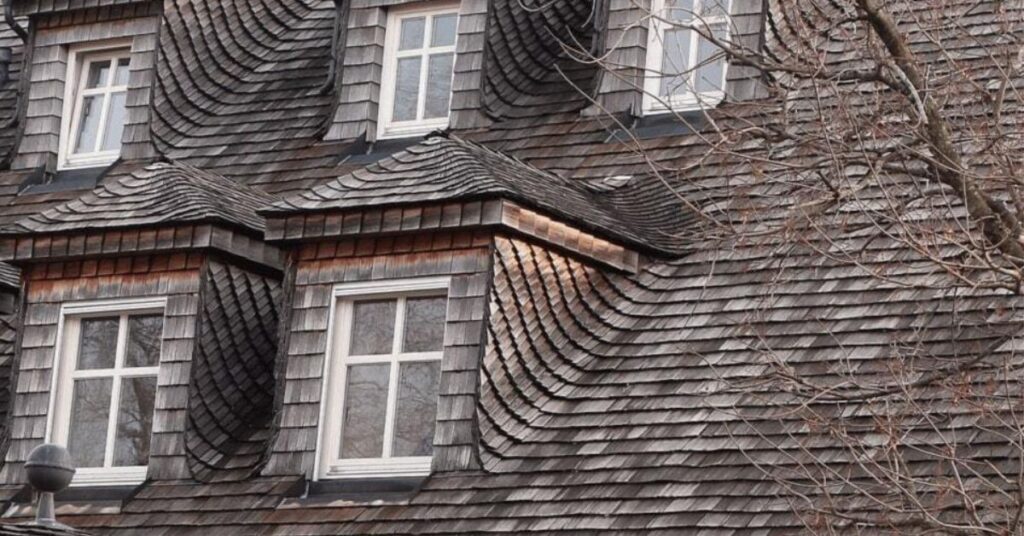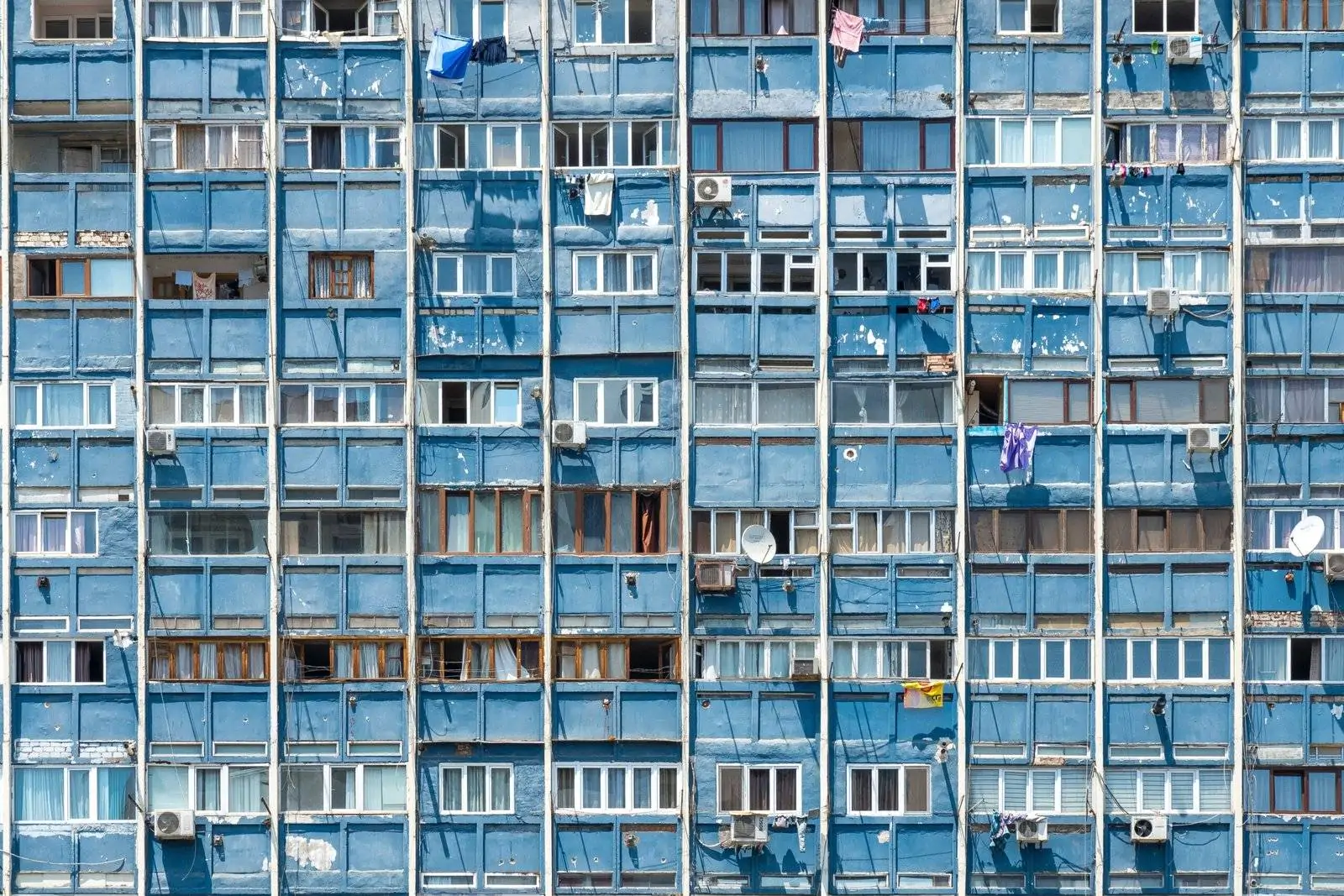When considering roofing materials for your home, wood shake roofs are a timeless and attractive option. Known for their natural beauty and durability, wood shake roofs have been used for centuries. However, like any roofing material, they have a finite lifespan. In this blog post, we will explore how long do wood shake roofs last, factors affecting their longevity, and tips for maintaining them to maximize their lifespan.
What Are Wood Shake Roofs?
Wood shake roofs are made from split logs, typically from cedar, redwood, or pine. These wooden shingles are thicker and more textured than standard wood shingles, giving them a rustic and distinctive appearance. The natural look of wood shake roofs makes them a popular choice for homeowners seeking a traditional and aesthetic appeal.
Average Lifespan of Wood Shake Roofs
On average, wood shake roofs can last between 20 to 40 years. Several factors influence this range, including the quality of the wood, installation, climate, and maintenance. Understanding these factors can help homeowners make informed decisions about their roofing choices and maintenance practices.
Factors Affecting the Longevity of Wood Shake Roofs
- Quality of Wood:
- Type of Wood: Cedar and redwood are the most durable types of wood for shakes, known for their natural resistance to decay and insects. Pine is less durable and may have a shorter lifespan.
- Grade of Wood: Higher-grade wood shakes, which have fewer knots and imperfections, tend to last longer.
- Installation:
- Professional Installation: Proper installation by experienced professionals is crucial for the longevity of wood shake roofs. Incorrect installation can lead to premature failure and costly repairs.
- Underlayment and Ventilation: Quality underlayment and adequate ventilation prevent moisture buildup, which can cause wood shakes to deteriorate faster.
- Climate:
- Weather Conditions: Harsh weather conditions, such as heavy rainfall, snow, and extreme temperatures, can shorten the lifespan of wood shake roofs. Areas with high humidity are particularly challenging for wood shakes.
- Sun Exposure: Prolonged exposure to direct sunlight can cause wood shakes to dry out and become brittle, leading to cracks and splits.
- Maintenance:
- Regular Inspections: Routine inspections help identify and address issues like damaged or missing shakes, moss, and mildew growth before they become major problems.
- Cleaning: Removing debris, moss, and algae from the roof surface prevents moisture retention and decay. Avoid using high-pressure washing, as it can damage the shakes.
- Treatments: Applying wood preservatives and treatments can enhance the durability of wood shakes by protecting them from moisture, UV rays, and pests.
Tips for Maximizing the Lifespan of Wood Shake Roofs
- Schedule Regular Inspections:
- Inspect your wood shake roof at least twice a year, ideally in the spring and fall, to identify any issues that need attention.
- Clean Your Roof:
- Remove leaves, branches, and other debris from the roof surface and gutters. Use a soft brush or broom to avoid damaging the shakes.
- Trim Overhanging Branches:
- Trim tree branches that hang over the roof to reduce the amount of debris and minimize the risk of damage from falling branches.
- Apply Wood Preservatives:
- Consider applying wood preservatives or treatments every few years to protect the shakes from moisture, UV rays, and insect damage.
- Repair Damaged Shakes:
- Replace damaged or missing shakes promptly to prevent water infiltration and further damage to the roof structure.
- Ensure Proper Ventilation:
- Make sure your attic has adequate ventilation to reduce moisture buildup and extend the life of your wood shake roof.
When to Replace Your Wood Shake Roof
Even with proper maintenance, there comes a time when a wood shake roof will need to be replaced. Signs that it’s time for a replacement include:
- Widespread Damage: If a significant portion of the shakes are cracked, split, or missing, it may be more cost-effective to replace the roof.
- Leaks and Water Damage: Persistent leaks or water damage inside your home indicate that the roof is no longer providing adequate protection.
- Age: If your wood shake roof is approaching the end of its expected lifespan (20-40 years), it’s wise to start planning for a replacement.
Read More: How Many Layers of Roof Can You Have?
Conclusion
Wood shake roofs offer a unique and natural aesthetic that can enhance the beauty of any home. With an average lifespan of 20 to 40 years, they are a durable roofing option when properly maintained. By understanding the factors that affect their longevity and following maintenance best practices, homeowners can enjoy the benefits of a wood shake roof for many years. Regular inspections, cleaning, and timely repairs are key to maximizing the lifespan of your wood shake roof and ensuring it continues to provide reliable protection and curb appeal.


